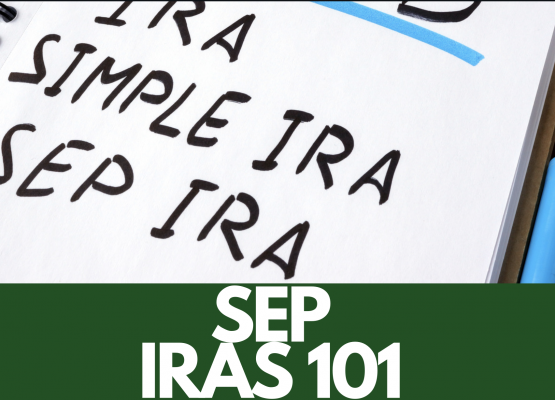When it comes to investment strategies, the allure of generating consistent income while potentially owning stocks at a discount is compelling. This strategy, known as the cash-secured put strategy, offers investors an interesting approach to enter the stock market. In this article, we will unravel the main considerations when it comes to cash-secured puts, guiding you on how to harness this strategy effectively to enhance your investment portfolio.
What Are Cash-Secured Puts?
At its core, a cash-secured put is an options trading strategy where an investor sells (or “writes”) a put option on a stock they wish to own, and simultaneously sets aside the cash necessary to purchase the stock if it reaches the option’s strike price. This method not only provides the investor with premium income, but also the opportunity to buy the underlying stock at a lower price, making it an attractive proposition for income-seeking investors, with a bullish outlook on the stock they’re targeting.
The Mechanics of Cash-Secured Puts
Understanding the mechanics behind cash-secured puts is important for their successful implementation. Here’s a step-by-step breakdown:
- Choose a Stock: Select a stock you are interested in owning, ideally one you believe is undervalued or will rise in the long term.
- Sell a Put Option: Write a put option for the stock, specifying the strike price (the price at which you’re willing to buy the stock) and the expiration date. By selling the put, you’re agreeing to buy the stock at the strike price if it drops to that level by expiration.
- Secure the Cash: Set aside enough cash in your account to cover the purchase of the stock at the strike price. This is why the strategy is termed “cash-secured.”
Benefits of Cash-Secured Puts
Income Generation: The primary allure of cash-secured puts is the ability to generate income through the premiums received from selling put options. This income can provide a steady cash flow or be reinvested to compound returns.
Purchasing Stocks at a Discount: If the stock’s price falls below the strike price and the option is exercised, you get to buy the stock you wanted at a lower price. This is one of the primary considerations when it comes to the cash secured put strategy, since it can potentially enhance your long-term returns.
Risk Management: By selecting stocks you wish to own and setting aside cash for their purchase, you mitigate the risk of unforeseen financial obligations. This premeditated approach allows for better risk management compared to other options strategies.
Implementing the Strategy
Risk Assessment: Evaluate your risk tolerance and investment goals. Cash-secured puts involve the risk of the stock falling significantly below the strike price, leading to potential losses.
Research and Selection: Conduct thorough research to select stocks that align with your investment strategy. Consider factors including the company’s fundamentals, market position, and growth prospects.
Premiums vs. Strike Price: Strike a balance between attractive premiums and a desirable strike price. Higher premiums are typically associated with strike prices closer to the market price of the stock or ETF, increasing the likelihood of the option being exercised.
Timing: Market timing can significantly impact the success of this strategy. Pay attention to market trends, earnings announcements, and economic indicators that may affect stock prices.
Advanced Considerations
Tax Implications: Be aware of the tax consequences of selling options and purchasing stocks through this strategy. Consult with a tax professional to understand the impact on your investment returns. Additionally, keep in mind that which account you implement this strategy against, rather it be a Roth IRA or taxable brokerage account, for example, will make a major difference in terms of how much in taxes you will end up owing.
Portfolio Integration: Consider how cash-secured puts fit into your broader investment portfolio. This strategy should complement your overall investment objectives and not expose you to undue risk. A couple of considerations for the cash secured put strategy is that it is generally better to perform this strategy against a well-diversified portfolio, and one in particular that is lower in volatility.
Monitoring and Adjustment: Stay informed about market conditions and be prepared to adjust your strategy as needed. Monitoring your positions and being ready to act is crucial for both managing risks, and capitalizing on potential opportunities.
Conclusion
Cash-secured puts present a potentially rewarding strategy for investors who are seeking to generate income while positioning themselves to purchase stocks at a discount. By understanding the mechanics, benefits, and implementation of cash-secured puts, you can make informed decisions to enhance your investment portfolio’s performance. Like any investment strategy, it requires due diligence, risk management, and an alignment with your overall investment goals. With careful execution, cash-secured puts can be a valuable tool in achieving your financial objectives.
Check out our other channel, focused on dividend investing and passive income via the options wheel strategy, via the above YouTube video on cash secured puts!




